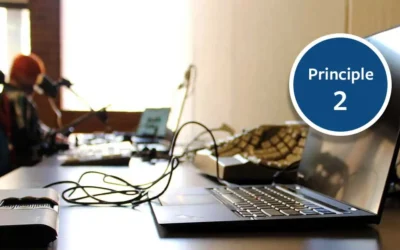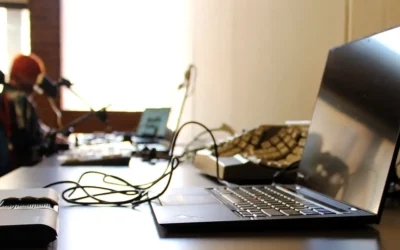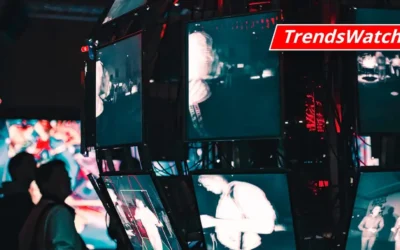How to Influence the Museum Budget

Rachael Cristine Woody
We are at the end of the museum budget series with today’s post focused on strategies to help you influence the creation of the next budget at your museum.
This post is written for anyone at a museum who isn’t charged with assembling or approving the budget—e.g., the majority of us. While it may not be our job to create the budget, we are invested in its creation because it directly impacts whether or not we have the resources to do our jobs successfully. And on a macro-level, it impacts how the museum supports the areas it values and the audiences or stakeholders that find themselves therein.
Posts in This Series
The information gathered and work performed in these past posts will aid your influence:
- What a Museum Budget Says About Museum Values
- How to Evaluate the Museum Operating Budget
- How to DEAI the Museum Budget
- Information to Gather to Inform the Museum Budget
Steps to Influence
The following steps will support your goal to influence the museum budget:
Step 1: First, you need to gather all the information at hand. While you may not be able to gather information on other departments, you should be able to access enough data for your own department.
- List all values stated by the museum (via mission and strategic plan).
- For each stated value area list all the departments, programs, and projects that support that value area.
- How much money was received by each department, program, and project (listed in step #2) in the past?
- Did the allocation meet the need? If not, how much more money is needed?
- Which value areas appear to be repeatedly underfunded unless external funding or slush funding is received?
- How does peer museum allocation compare to your home institution?
- How would you adjust the allocations based on stated museum values and available funds?
- Which departments, programs, or projects are left unfunded or underfunded. Which are optional and can be paused until more funded is received?
Step 2: Write down the questions you have as you go through these prompts. From Step 1 of this activity, gather a summary of points and data for your primary areas of the budget you want to influence.
Step 3:
- Meet with someone who can help answer your budget questions and who has direct influence (even in part) on the budget.
- Schedule a meeting with a budget decision-maker at least 3 months before the annual budget is finalized to make your pitch.
- Review the new budget when it comes out and meet with your contact to learn why certain decisions were made and ask any follow up questions you have.
Step 4:
- Gather both quantitative and qualitative data on how value areas are being impacted by budget decisions.
- Advocate to leadership to be: 1. more transparent; and 2. to encourage all staff to take an interest in the budget.
- Be consistent and steadfast in your pursuit.
Conclusion
We do not need to be budget experts in order to understand and influence the museum budget. The more you observe and interact with the numbers, the easier it will be to pick up on patterns, identify potential issues, and see trends. This knowledge alone can inform how we work. Additionally, by shifting from passive to active in our interaction with the museum budget we’ll be in a better position to advocate for the resources we need, and to protect resources when they’re threatened—and we will be more resilient when facing the financial turmoil museums deal with on a routine basis.

Rachael Cristine Woody
To learn more, please join us for How to Create a Value-Informed Budget, presented by Rachael Woody TODAY Wednesday, September 27, 2023 at 11 a.m. Pacific, 2 p.m. Eastern. (Can’t make it? Register anyway and we will send you a link to the recording and slides afterwards). Register now or call 604-278-6717.
Never miss another post. Subscribe today!
Similar Posts
Museum Collections Online with Accessibility Principle 2: Operable
Compliance with WCAG Version 2.1 Principle 2: Operable
Museum Collections Online with Accessibility Principle 1: Perceivable
Compliance with WCAG Version 2.1 Principle 1: Perceivable, affecting information published from museum CMS to an online portal; expert guidance
Accessibility Standards for Museum Collections Online
A museum’s compliance with the ADA Title II 2024 update has benefits for its online content and for the museum’s community of users.
Museum TrendsWatch 2024: Digital Twins and Doom Loops & Combatting the Loneliness Crisis
Digital Twins is the construction of a digital surrogate for a person, place, or thing—one of several new concepts and trends in the museum sector.




Leave a Comment
Comments are reviewed and must adhere to our comments policy.
0 Comments